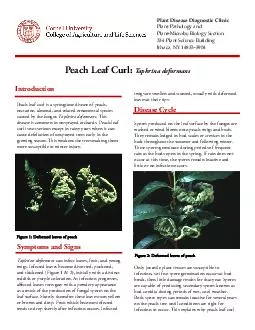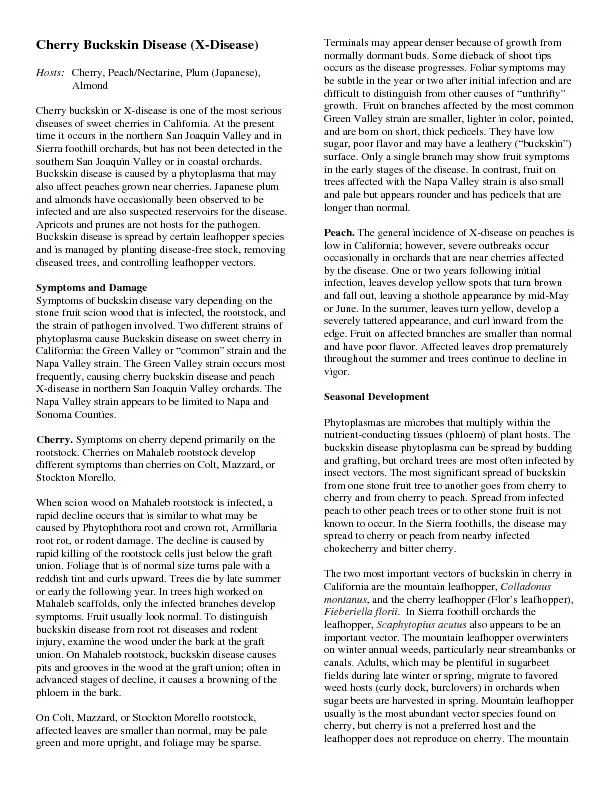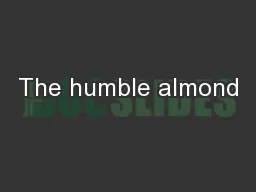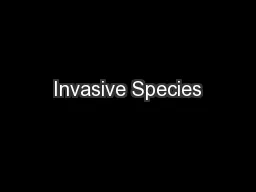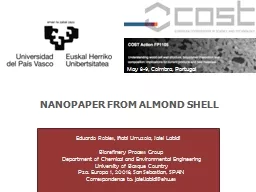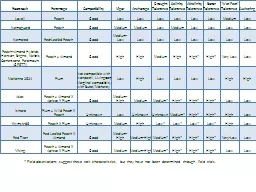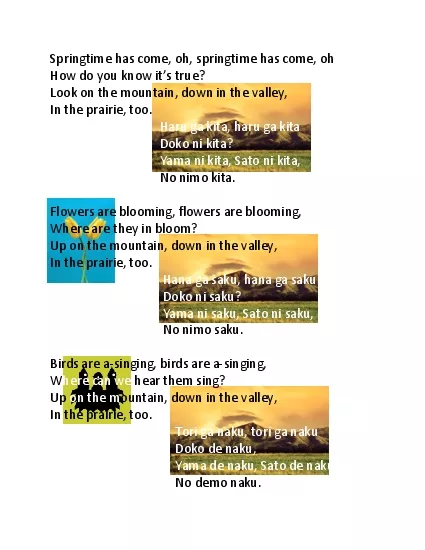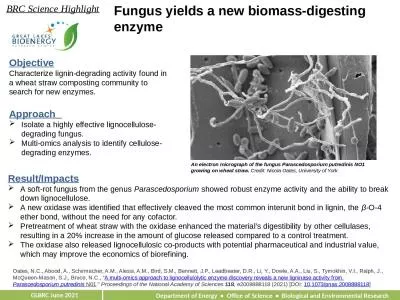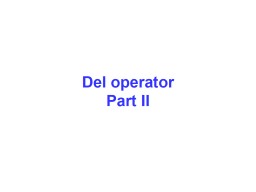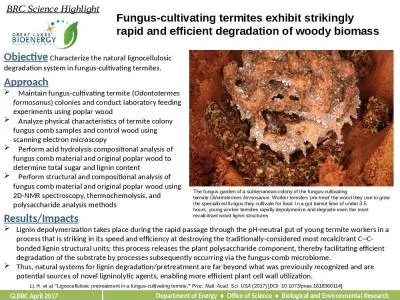PDF-Peach Leaf Curl Peach leaf curl is a springtime disease of peach nectarine almond and
Author : mitsue-stanley | Published Date : 2014-11-08
57346is disease is common in unsprayed orchards Peach leaf curl is not serious except in rainy years when it can cause defoliation of unsprayed trees early in the
Presentation Embed Code
Download Presentation
Download Presentation The PPT/PDF document "Peach Leaf Curl Peach leaf curl is a spr..." is the property of its rightful owner. Permission is granted to download and print the materials on this website for personal, non-commercial use only, and to display it on your personal computer provided you do not modify the materials and that you retain all copyright notices contained in the materials. By downloading content from our website, you accept the terms of this agreement.
Peach Leaf Curl Peach leaf curl is a springtime disease of peach nectarine almond and: Transcript
Download Rules Of Document
"Peach Leaf Curl Peach leaf curl is a springtime disease of peach nectarine almond and"The content belongs to its owner. You may download and print it for personal use, without modification, and keep all copyright notices. By downloading, you agree to these terms.
Related Documents

